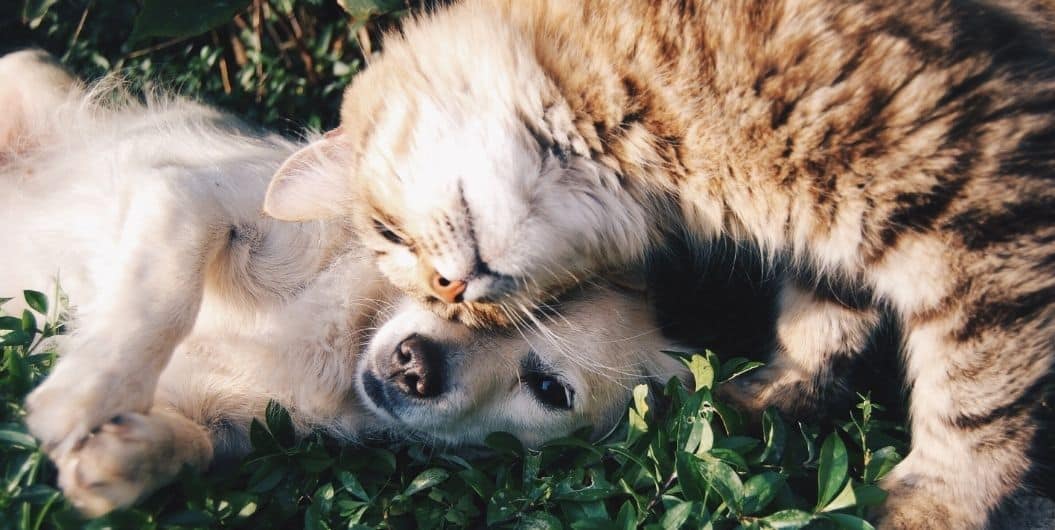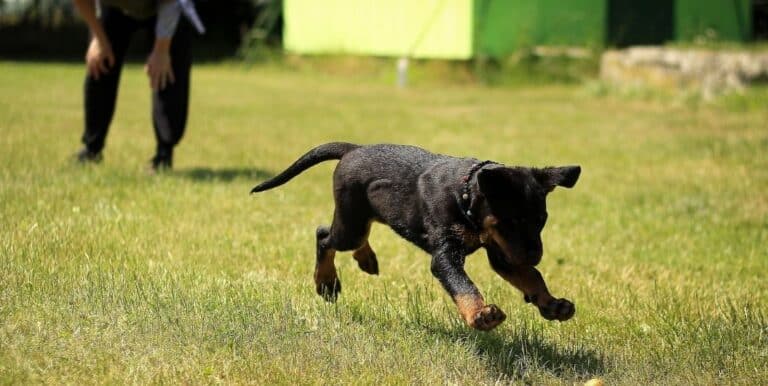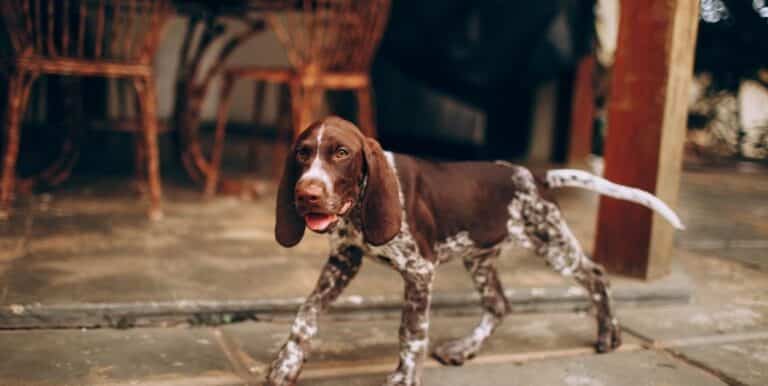If I Have a Dog, can I get a Cat?

While most are used to expecting antipathy or acrimony from cats and dogs, some animals defy expectations and get along with uncommon fraternity. A cat can certainly befriend a dog, or vice versa, but much depends upon each animal’s personality. One has to take into consideration how likely one’s dog will respond with friendship to the introduction of a new animal.
If the family dog frequently goes insane at the sight of cat encroaching on his territory, adding one to the family may be a mistake. Some dogs early on learn to be cat aggressive; some dogs even kill cats. Thus it is important to consider how territorial one’s dog is likely to be prior to bringing a new pet home.
Cats also, early on, tend to decide whether or not dogs are natural enemies. Most often, if you are introducing a cat into the house, you should choose a young one, since these are least likely to be concerned about cohabitating with a dog. Alternately, an older cat that has been raised with dogs is less likely to raise a fuss about living with a new dog.

If one is choosing a pet from a shelter, one can ask about the cat’s former habits, or even take it home on a trial run to see if it will be afraid of the family dog. Introduction into the house should start small, and most animal behaviorists recommend never forcing animals to be together.
One might allow the cat access to a room or two in the house, while the dog continues to have access to the whole house. In fact, the cat should start out with smaller territory if the dog is already an established member of the home. Restricting the dog’s territory by confining him to a room or two may make the dog feel some jealousy, or feel challenged by the intrusion.
It is all right for the cat and dog to at first treat each other in a very guarded fashion. If the dog, however, appears overly aggressive and attempts to hurt the other pet, your household may not be a cat and dog household. Any interactions during the first couple of weeks should be observed closely for overt aggression by either animal.
On the other hand, if the animals seem to get along immediately, or merely seem cautious or curious, likely the cat will be able to bond with the dog, and you’ll have two types of furry fun.

Kittens learn by playing, and frequently cats and dogs will appear aggressive when they are merely playing together. This can mean some wild romps through a house, and an occasional bark or hiss. If both animals understand that this is play and do not injure each other, they are probably working on forging a bond that will include minor territorial disputes.
As kittens age, unaltered males and females are likely to be more aggressive regarding territory. A male neutered cat is likely to be the least territorial, as it is lowest on the social strata. If you are considering a kitten, consider spaying or neutering the animal before it reaches sexual maturity. This can also help eliminate aggressive displays like marking territory, and increased aggressiveness toward the family dog as it ages.
Cat and dog friendships can be a delight to observe. Usually, the cat establishes dominance at some point, meaning the dog will willingly serve it. The two curled up together on a winter evening can be the pleasant result of careful consideration of your family dog’s tendencies, and careful introduction of a new cat to the household.






